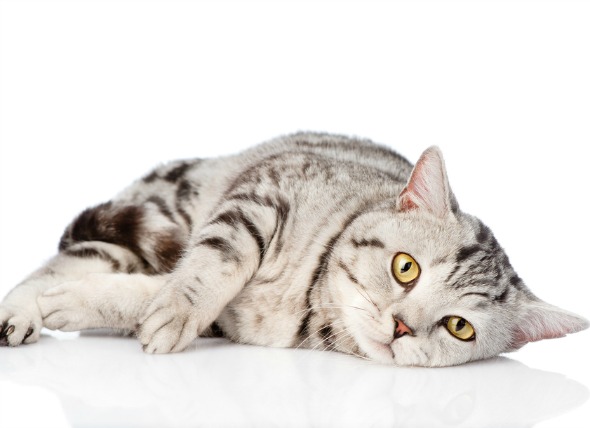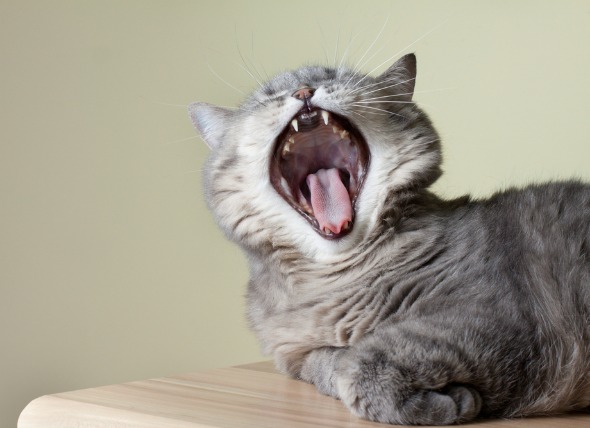
Acral lick dermatitis is a firm, raised, ulcerative, or thickened plaque usually located on the back side of the ankle, or between the toes. The age at which it occurs in cats varies with the cause. Some veterinarians believe it may more commonly affect males, while others indicate there is no predisposition.
The following are some symptoms that may be observed if your cat is suffering from acral lick dermatitis:
A veterinarian will first need to do a behavioral history on your cat. The following are a list of other possible examinations generally used to diagnose acral lick dermatitis:
It is important that the veterinarian rule out any underlying diseases prior to diagnosing neurologically caused (psychogenic) skin disorders.
Acral lick disease is difficult to treat, especially if no underlying cause is identified. Physical restraints such as Elizabethan collars and bandaging can be used in the short term to prevent your cat from licking or biting the irritated area. Your cat will need to get plenty of attention and exercise to rule out any problems related to anxiety or boredom. If your veterinarian makes a diagnosis based on behavioral problems, counter-conditioning may also help. Otherwise, and any major household changes should be avoided if possible, or at least a safe space should be provided for your cat so that environmental stressors are not an issue. Unless an allergy is suspected, diet should remain the same. Surgery is only recommended if all other therapies have been exhausted.
The following medication types may be used to treat this medical condition:
1. Antibiotics
2. Systemic
3. Topical
If an underlying disease is found to be the cause, treating it should help prevent the dermatitis from recurring in your cat. If it is not found, neurological causes -- obsessive compulsive or self-mutilation disorders -- may be to blame. In these cases, prognosis is guarded.
It is important that you monitor your cat's licking and chewing behavior.
 Rabies in Cats
Rabies is an inflammatory infection that specific
Rabies in Cats
Rabies is an inflammatory infection that specific
 Vomiting, Chronic in Cats
Vomiting is characterized by the contents of the
Vomiting, Chronic in Cats
Vomiting is characterized by the contents of the
 Bleeding of the Retina in the Eye in Cats
Retinal Hemorrhage in Cats
Retinal hemorrhage is
Bleeding of the Retina in the Eye in Cats
Retinal Hemorrhage in Cats
Retinal hemorrhage is
 Bad Breath (Chronic) in Cats
Halitosis in Cats
Periodontal disease caused by p
Bad Breath (Chronic) in Cats
Halitosis in Cats
Periodontal disease caused by p
 Unintentional Eye Movement in Cats
Nystagmus in Cats
Nystagmus causes the involuntar
Unintentional Eye Movement in Cats
Nystagmus in Cats
Nystagmus causes the involuntar
Copyright © 2005-2016 Pet Information All Rights Reserved
Contact us: www162date@outlook.com